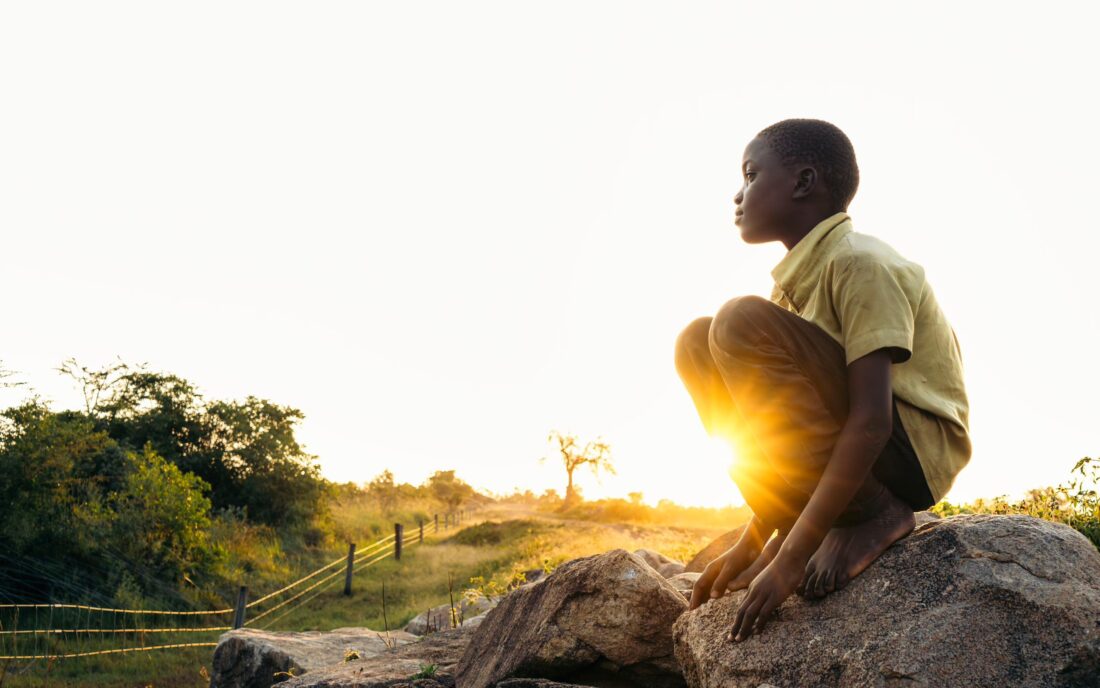The Electric Fence: A Barrier for Conservation and Community Harmony
The electric fence, completed in April 2020, has emerged as a crucial measure for preventing wildlife from encroaching into human settlements and protecting community lands from the extensive crop damage caused by elephants. Spanning 30 km, this electric fence has played a pivotal role in reducing human-wildlife conflicts in the region.
The primary goals of the fence are to safeguard the introduced black rhino and mitigate crop destruction by elephants. Since its installation, the fence has been remarkably effective in keeping elephants away from agricultural areas, thereby protecting the livelihoods of local communities. A study by Loyce Majige, a graduate student supported by the Grumeti Fund, confirms the fence’s success in deterring elephants. Similar results were observed from the interview data collected by Michael Kimaro, a PhD student at the University of Groningen.
Presently, the fence covers only a part of the Ikorongo Game Reserve. However, plans are underway to extend it along Ikona WMA and Grumeti Game Reserve to further diminish human-wildlife conflicts in neighbouring communities. This extension, a collaborative effort between the Grumeti Fund, TAWA, TAWIRI, and district councils, has already secured the necessary funding.
Constructing the 30 km fence cost nearly USD 320,000. Despite the high cost, it is a valuable investment compared to the expenses associated with crop and livestock damage. The fence has effectively reduced human-elephant conflicts and its benefits justify the expense. The government is encouraged to develop guidelines to determine where fencing is appropriate to address these conflicts efficiently.

Figure showing elephant tracking data (orange dots=points outside Ikorongoro, dark points within the Ikorongo) (Source: Majige et al. Unpublished)
Research and Findings
Michael Kimaro is spearheading research to evaluate the fence’s impact on human-wildlife conflicts. His comprehensive study involves community interviews, land use mapping, and camera traps to monitor wildlife movements along the fence. Key findings from Kimaro’s research include:
– Significant reduction in crop damage by elephants;
– Positive community perception of the fence, with 84% reporting more secure food, 89% noting reduced structural damage, and 80% indicating a decrease in cattle confiscation.
Several research projects are underway to further understand the fence’s impact. These studies cover a range of topics, including the fence’s influence on elephant behaviour, wildlife abundance, vegetation diversity, land use changes, and wildlife mortalities. The fence maintenance team continues to monitor and record data related to maintenance, damages, and wildlife interactions.
Community Perception and Challenges
Despite these positives, some negative perceptions persist. Approximately 84% of community members find it challenging to access basic resources like water and thatches within the fenced reserve. Additionally, there are concerns about accessing the Robana River, which is crucial for their livelihood. A proposed solution is a zig-zag fence design, allowing both wildlife and community members to access the river in designated areas, though this may incur additional maintenance costs.
Ecologically, the fence has facilitated the recovery of buffalo populations near the fence line and increased the activity of lions, buffaloes, zebras, wildebeests, and impalas. It has also promoted the coexistence of migratory and resident animal species, thereby enhancing the region’s biodiversity.
Community members living adjacent to the fence have expressed satisfaction with its impact. The chairpersons and executive officers from Bonchungu and Mbilikili have reported substantial benefits, noting that the fence has significantly improved their quality of life. They have agreed to even penalize anyone attempting to damage the fence, underscoring their commitment to its preservation.
The electric Fence stands as a testament to the power of collaborative conservation efforts. By protecting both wildlife and human interests, it serves as a model for addressing human-wildlife conflicts in Tanzania. Continued research and community engagement are essential to ensure the fence’s ongoing success and address any emerging challenges.




